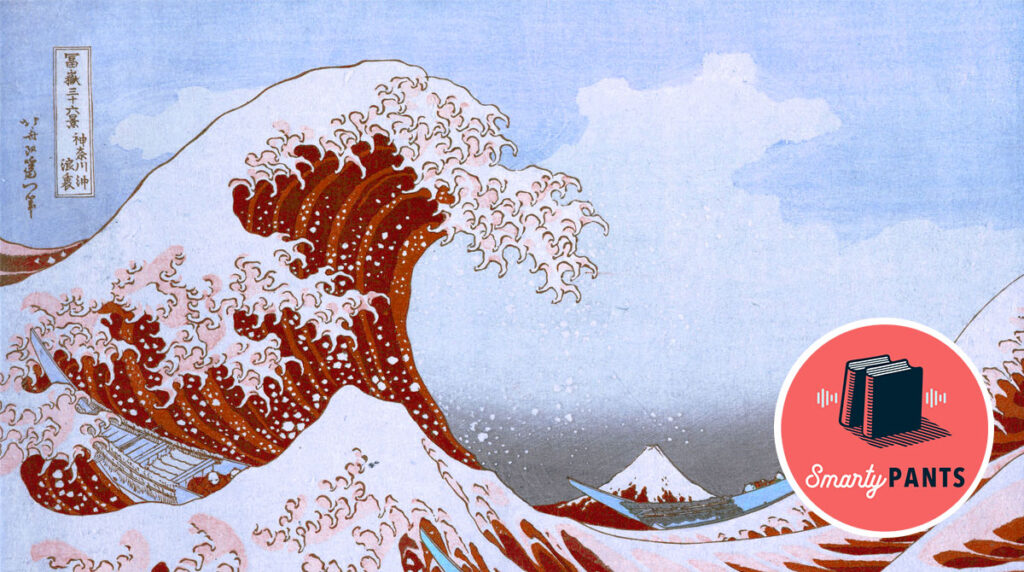
A visit from Aunt Flo, being on the rag, riding the crimson wave, girl flu, even the red wedding … menstruation is something that half of the world’s population experiences for a week at a time, for years on end, and yet we struggle to talk about it directly. But the uterus is capable of incredible things, as anthropologist Kate Clancy explains in her new book, Period: The Real Story of Menstruation: menstrual fluid contains chemicals that repair tissue, the cervix contains crypts for storing sperm for later use, and periods might even be the body’s way of improving its inner architecture. But shockingly, doctors viewed periods as useless—even toxic—well into the 20th century, and some still believe that it’s unsafe to swim with a tampon in (it’s not). Clancy, a professor of anthropology at the University of Illinois Urbana-Champaign, joins the podcast to challenge uterine myths, expose the eugenic roots of gynecology, and bring a feminist perspective to that special time of the month.
Go beyond the episode:
- Kate Clancy’s Period: The Real Story of Menstruation
- Read Emily Martin’s paper “The Egg and the Sperm: How Science Has Constructed a Romance Based on Stereotypical Male-Female Roles”
- Anatomy is amazing: the cervix contains crypts to store sperm for later usage
- A new generation of artists is making art with menstrual blood, The Guardian reports
Tune in every week to catch interviews with the liveliest voices from literature, the arts, sciences, history, and public affairs; reports on cutting-edge works in progress; long-form narratives; and compelling excerpts from new books. Hosted by Stephanie Bastek. Follow us on Twitter @TheAmScho or on Facebook.
Subscribe: iTunes • Stitcher • Google Play • Acast
Download the audio here (right click to “save link as …”)
Have suggestions for projects you’d like us to catch up on, or writers you want to hear from? Send us a note: podcast [at] theamericanscholar [dot] org. And rate us on iTunes! Our theme music was composed by Nathan Prillaman.

